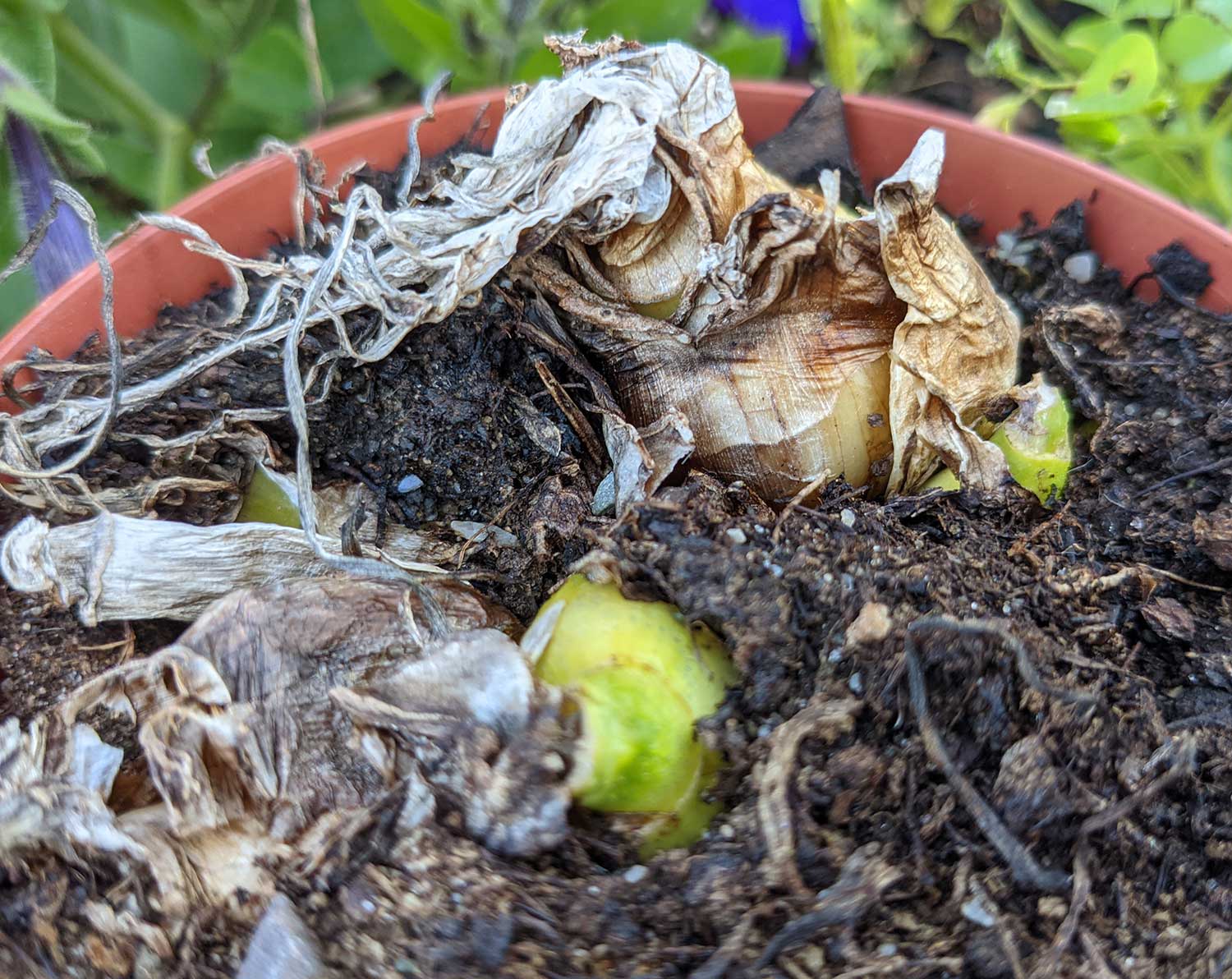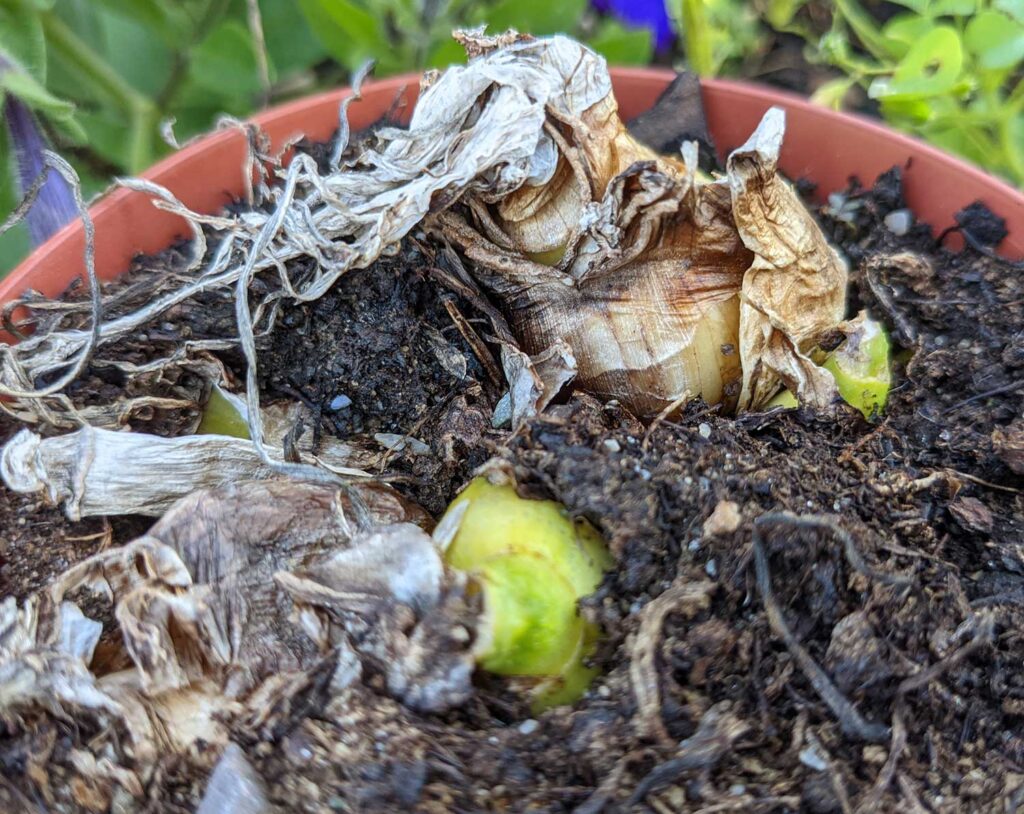Early fall is spring bulb time. Once the favorites are chosen, ordered and on their way, take the time to make sure planting areas are in their best form. Whether planted singly or in groups, prepping the soil and proper placement will help those glorious blooms be at their best when spring arrives. A few checklist items will help on the road to bulb success.
First, most spring-flowering bulbs prefer to have well-drained soil and plenty of sunshine. Camassia is one bulb that tolerates soils from damp to wet and will be a beautiful trooper in the landscape of any moist areas. Deciduous trees may prevent success with sun loving plants during the growing season. But in the spring, those same trees will be leafless and will not inhibit spring bulb growth and flowering. See past the leaves and get a new look at where the sun may shine. Second, always check soil composition and fertility. Add good quality, composted organic material where needed and do feed the bulbs. They are all heavy feeders and will thrive with a late fall application of bulb booster as well as a second dose in the spring. Time the spring feeding for after foliage has emerged and is actively growing. Lastly, spring flowering bulbs do best when planted in the fall as the soil temperatures are on the decline – 60 degrees F. or less is optimal. Planting earlier may result in a less than spectacular spring bloom and will certainly inhibit the development of bulblets. Get a soil thermometer and patiently check the temps.
If bulbs will be going into a garden area that has been actively worked, loosening the soil to a depth of about 12 inches may be all that is needed to get the bulbs into the ground. If the site has not been previously worked, there are a couple of different ways to approach preparation. For a natural look, planting bulbs in a lawn or grassy area is fun and easy. Choose the location for the bulb display and using a sharp soil knife, cut a U-shape through the turf, peeling back the flap to expose the soil beneath. Work up and loosen the soil. Arrange the bulbs and then gently bury them to a depth of about three to four times the diameter of the bulb. Use multiples of one, or many, bulb species in the same planting hole. To plant them together, place the bigger bulbs at the deepest part of the planting hole and progressively move to smaller sized bulbs on the way to the soil surface. Between each layer, cover the bulbs with a bit of soil. When you get to the soil surface, replace the flap of turf, watering them in well. Planting in large groups or drifts (meandering plantings) will maximize the impact in grassy areas.
If creating a completely new garden bed area, remove the grass, weeds, and all extraneous materials. Once the unwanted cover is removed, till the soil, adding well composted organic material to ensure better drainage. Follow the same planting techniques and fertilizing timings as listed above.
Containers are a fantastic way to showcase bulbs. When planning a design for a container, planter, or raised bed, the depth of that container plays a large part in the soil content and planting depth. Raised beds of a low height, with ground contact, generally do better with a soil mix that is similar in texture and content to the native soil. Entirely contained planters do best with a full-bodied, well drained, sterile potting mix. If planters are deep enough to accommodate, plant at a three to four times depth. When planting in an area that has limited soil depth, bulbs should be planted relatively shallow, just beneath the soil level, to provide the roots with the room necessary to develop as deeply as possible. In shallow containers, it may be necessary to provide above ground stem support to assist any floppy flower stems. Containers and planters may freeze and thaw periodically throughout our winter weather months. If not well insulated this may kill the bulbs. Provide extra cover to moderate the extremes. Be sure to keep any bulbs away from vehicle exhaust fumes (garage) as that causes abortion of the blooms.
Whether you have five or five thousand bulbs – plant what you can. If it’s five, plant all five together to really enjoy the show. If it’s five thousand, invite me to see the show too.

